
Share to
Photovoltaic structure
Still deciding? Get samples first, Contact US !
View similar products
Tag list
- Product Description
-
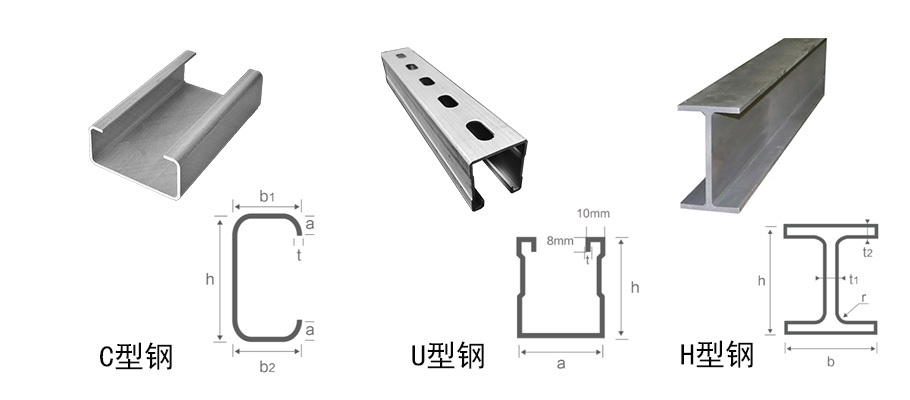
Photovoltaic structure
Items
Specification(mm)
Material
Finish
C
a:10-30mm b:20-80mm t:2.0-3.0mm h:40-160mm
Q235B/Q355B/ZAM/S350GD/S420GD
HDG, ZAM
U
a:41mm h:21-62mm t:1.8-3.0mm
Q235B/Q355B/ZAM/S350GD/S420GD
HDG, ZAM
H
h:146-207mm b:95-135mm t1:3-62mm t2:3.8-8.4mm r:6.2-18mm
Q355B/Q420B/A572-GR60
HDG, ZAM
Operating:
Storage: Products should be stored in a dry and ventilated warehouse to prevent rust and pollution. Products should be classified and stacked, with labels indicating the type, specification and batch number, and placed securely to prevent deformation and damage.
Loading: When lifting, components should be prevented from damage or deformation. When loading, they should be placed stably, in a moderate position, and reliably reinforced. Danger warning signs should be hung when transporting overlong, overwide, and overhigh components. Pay attention to protecting the safety of roads, bridges, communications, power and other facilities.
Transport: Steel structure components must be properly tied during transportation and hoisting to prevent deformation, damage and breakage of the galvanized layer.
The Photovoltaic Structure is a fundamental element in solar energy systems, designed to support and organize photovoltaic (PV) panels in various configurations. This structure provides the necessary framework for mounting solar panels, ensuring that they are securely positioned and optimally oriented to maximize sunlight exposure and energy production. Typically constructed from robust materials such as aluminum, steel, or galvanized metal, the photovoltaic structure is engineered for durability and stability in a range of environmental conditions.
The design of the photovoltaic structure varies depending on the type of installation, including roof-mounted, ground-mounted, and tracker systems. For roof-mounted installations, the structure is designed to be attached to the roof surface, providing a secure base for the solar panels while minimizing the risk of roof damage. Ground-mounted structures, on the other hand, are designed to anchor the solar panels to the ground, often incorporating adjustable components to achieve the ideal tilt and orientation.
One of the key benefits of the photovoltaic structure is its ability to accommodate different types of solar panels and configurations. The structure includes mounting rails, brackets, and other components that can be adjusted to fit various panel sizes and layouts. This versatility allows for customized installations that meet the specific needs of the solar energy system and the characteristics of the installation site.
The durability of the photovoltaic structure is essential for ensuring long-term performance and reliability. The materials used in the structure's construction are selected for their resistance to environmental factors such as corrosion, UV radiation, and temperature fluctuations. This durability helps to prevent deterioration and maintain the structural integrity of the solar panel system over time.
Additionally, the photovoltaic structure is designed with ease of installation in mind. The components are often pre-fabricated and include features that facilitate quick and efficient assembly. This user-friendly design helps to reduce installation time and costs, making the structure suitable for both residential and commercial solar projects.
Safety features are also an important consideration in the design of the photovoltaic structure. The structure is engineered to provide a stable and secure foundation for the solar panels, minimizing the risk of accidents or panel movement. This stability is crucial for ensuring the safety of both the solar energy system and the property on which it is installed.
Certificate
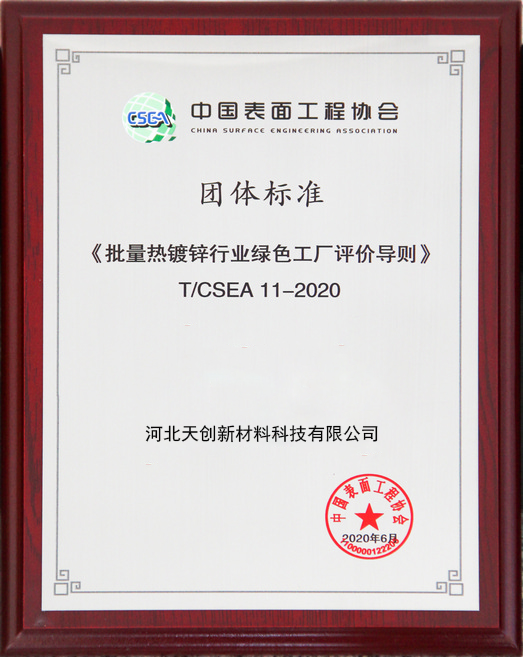
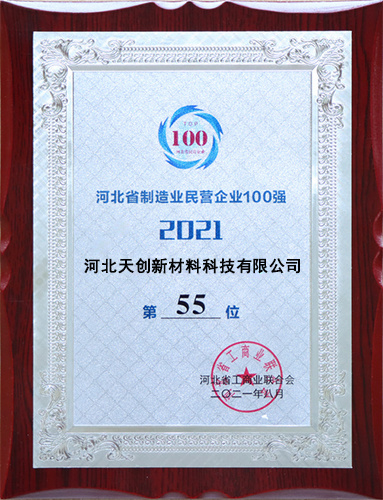
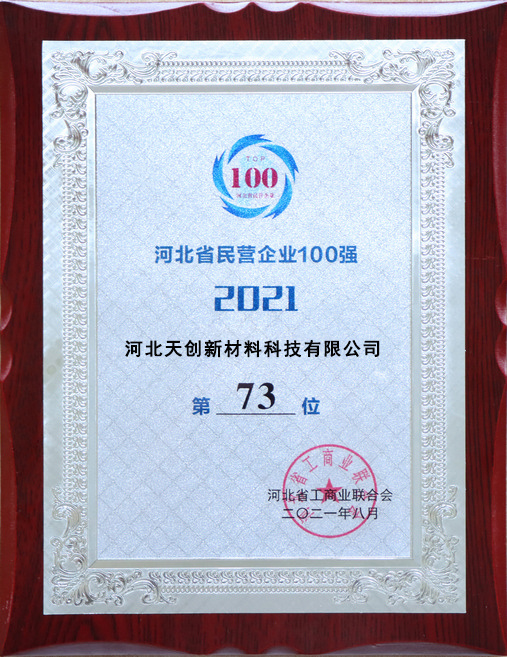
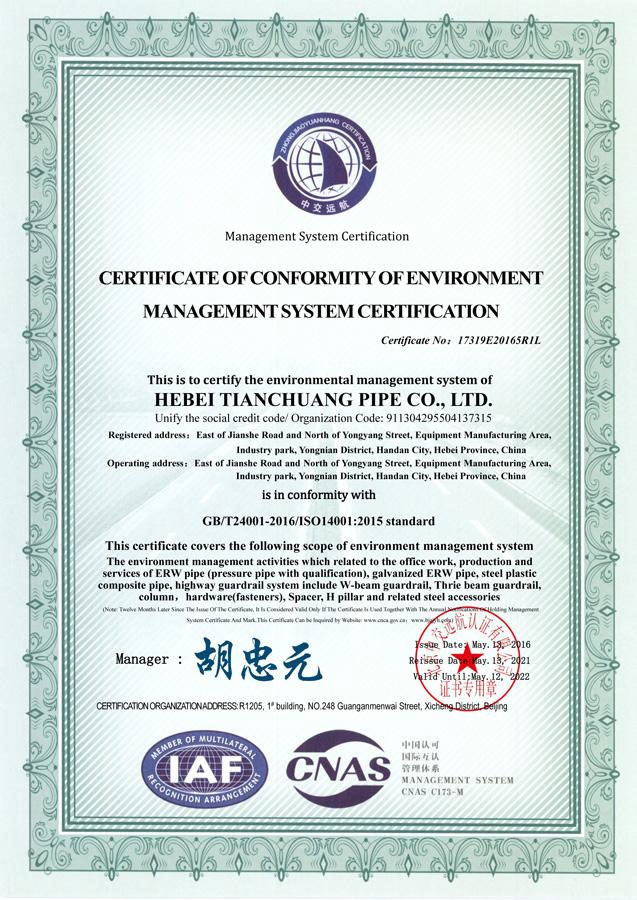
Tianchuang's Cooperative Project
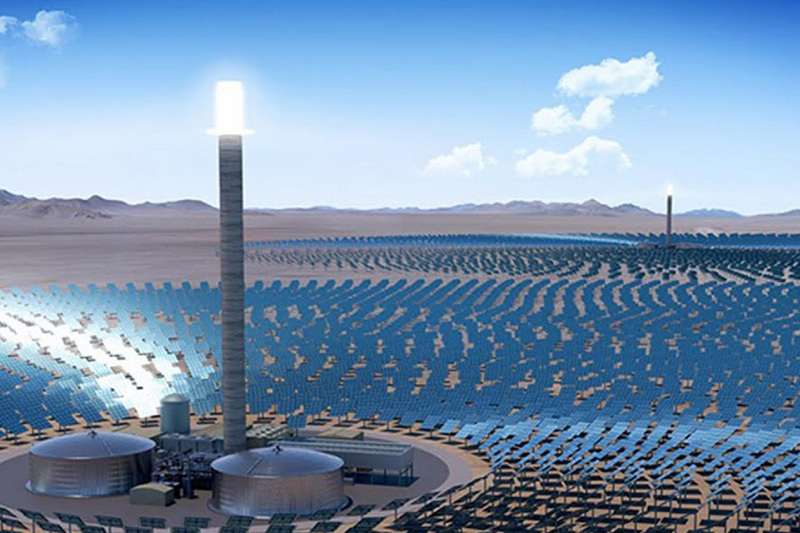
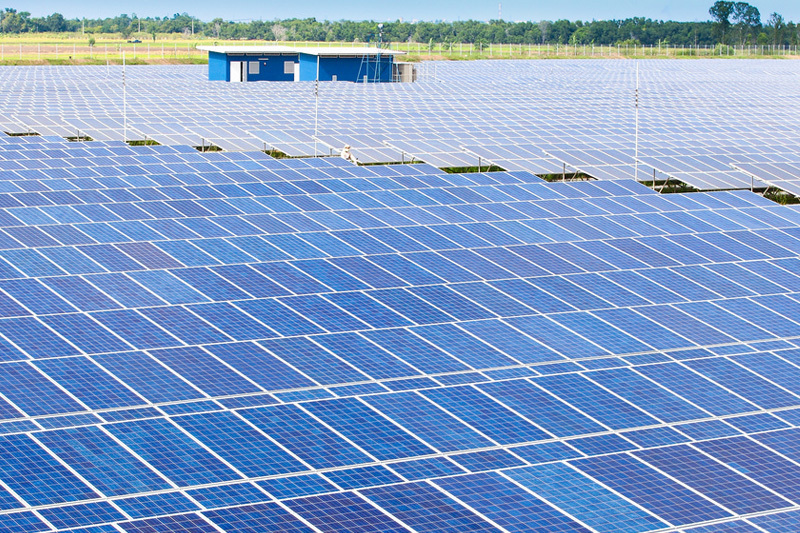
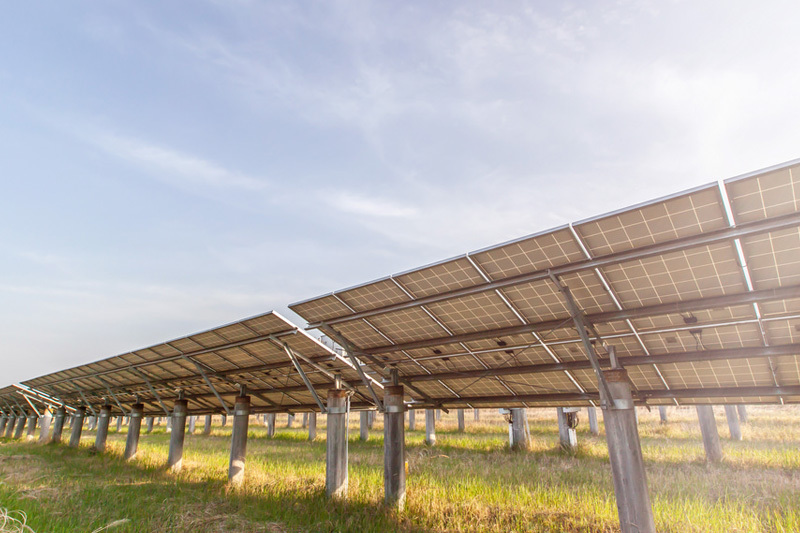
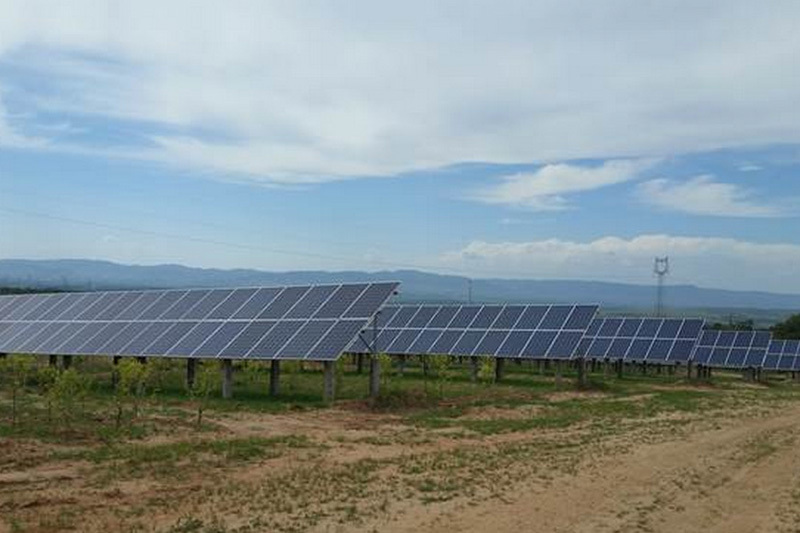
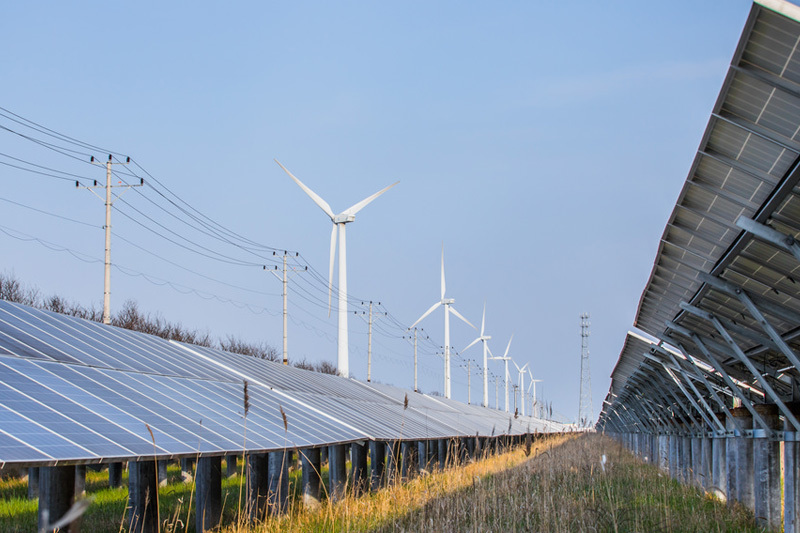
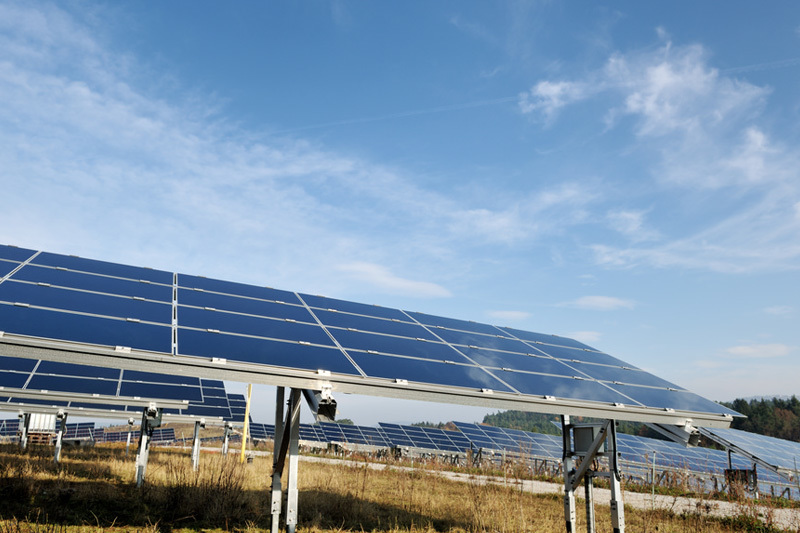
Photovoltaic structure
Still deciding? Get samples first, Contact US !
Products Category
Tag list
Inquire Now
Note: Please leave your email address, our professionals will contact you as soon as possible!
Related Products
Content update in progress
Quote Now
Our staff will contact you within 24 hours (working days). If you need other services,
please call the service hotline:+86-310-6668080




